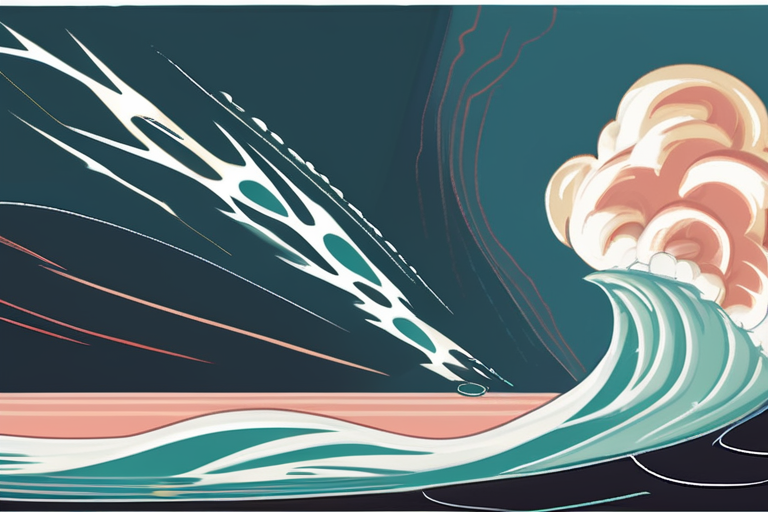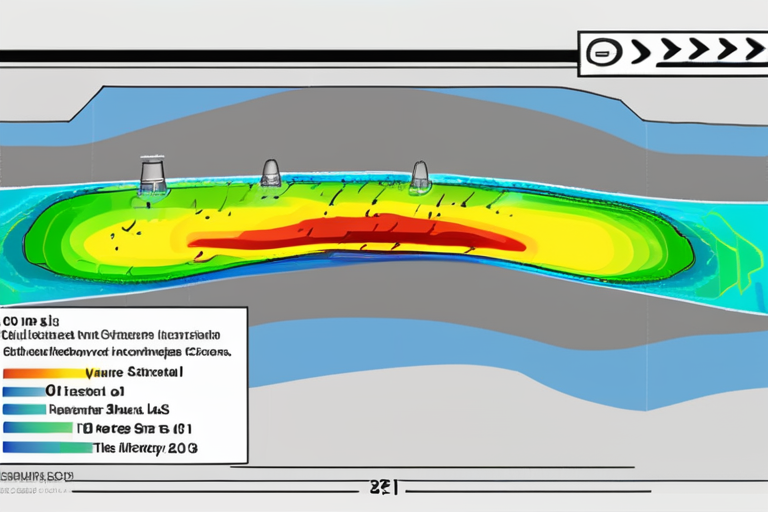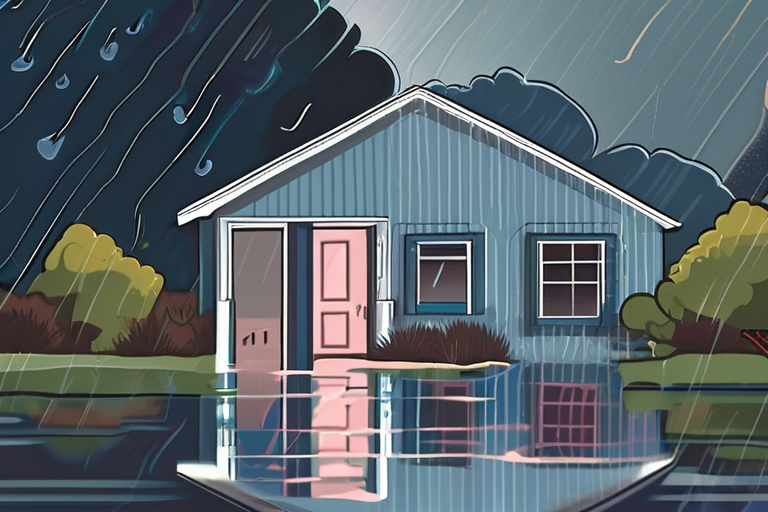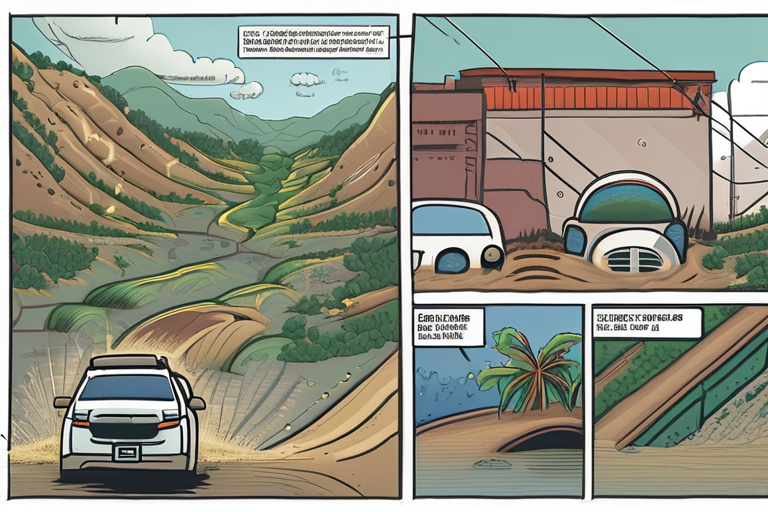Storm Names Revealed: The Science Behind Naming Hurricanes Like Humberto and Imelda


Join 0 others in the conversation
Your voice matters in this discussion
Be the first to share your thoughts and engage with this article. Your perspective matters!
Discover articles from our community

 Hoppi
Hoppi

 Hoppi
Hoppi

 Hoppi
Hoppi

 Hoppi
Hoppi

 Hoppi
Hoppi

 Hoppi
Hoppi

Breaking News: Southeastern U.S. on Hurricane Alert This Weekend A powerful tropical system is barreling towards the southeastern United States, …

Hoppi

Tropical Storm Gabrielle Expected to Become 2nd Atlantic Hurricane of the Season, Warnings Issued Immediately As of Saturday evening, Tropical …

Hoppi

Southeast U.S. Braces for Heavy Rains from Potential Tropical Storm Parts of the southeastern United States have begun preparing for …

Hoppi

Breaking News: Tropical Storm Gabrielle on Verge of Becoming 2nd Atlantic Hurricane This Season Tropical Storm Gabrielle is forecast to …

Hoppi

Breaking News: Flash Floods and Landslides Wreak Havoc in California A two-year-old boy has tragically lost his life as flash …

Hoppi

Breaking News: Flash Floods and Landslides Wreak Havoc in California A two-year-old boy has tragically lost his life in the …

Hoppi